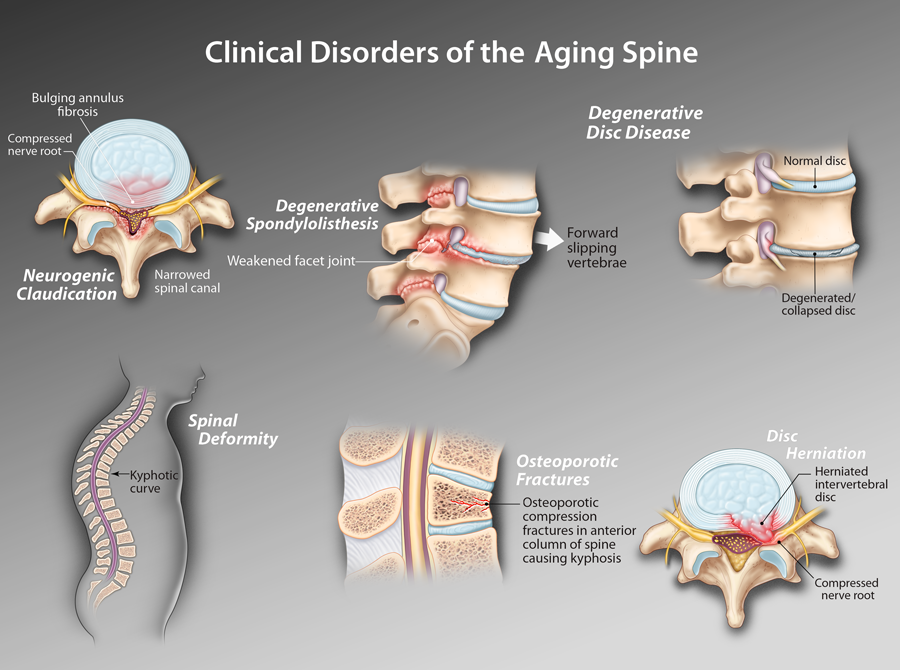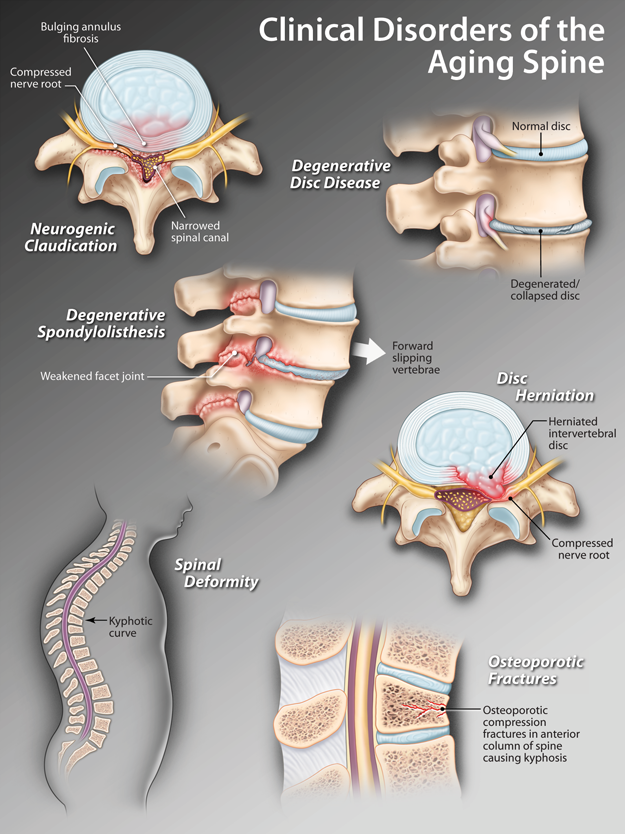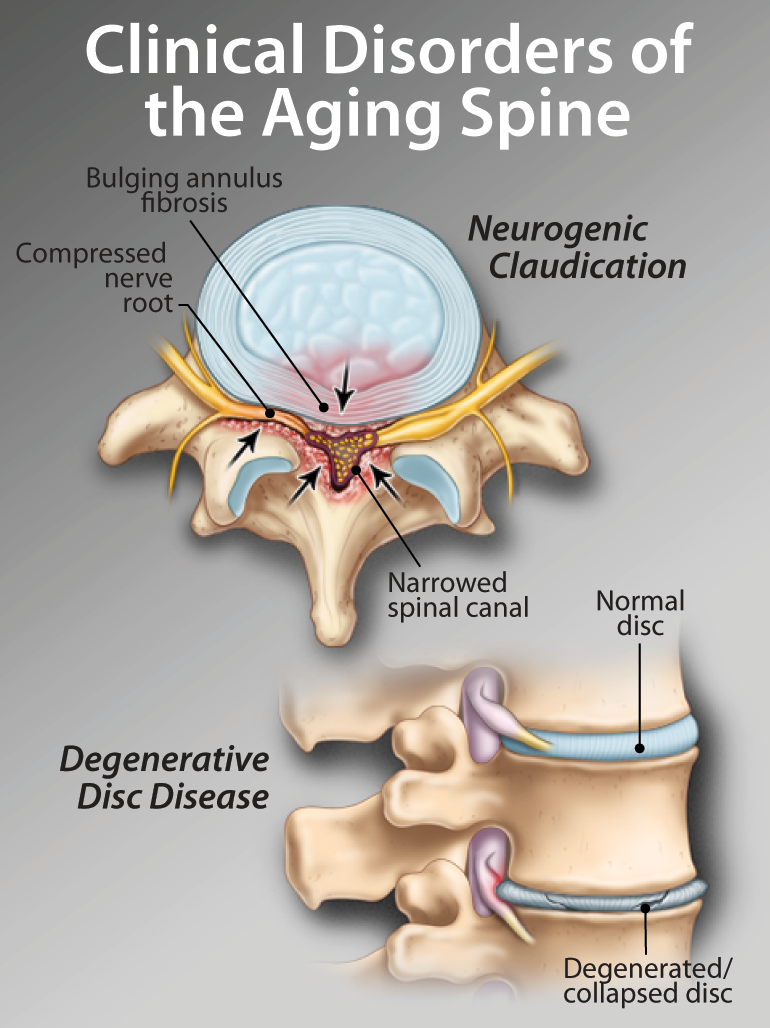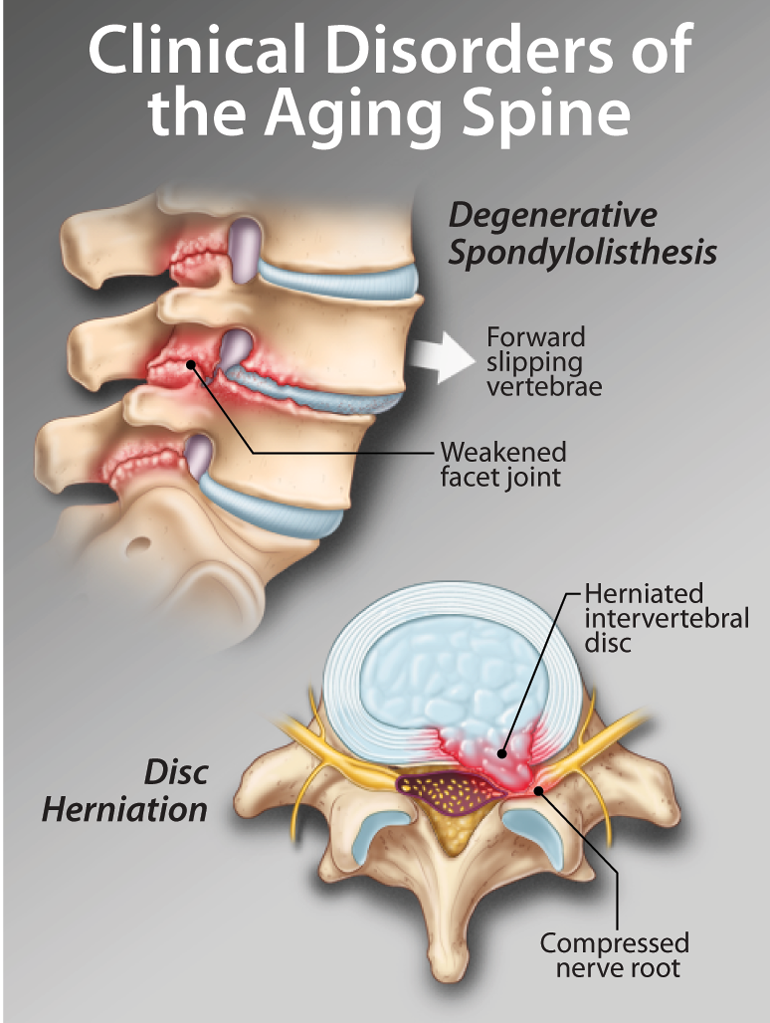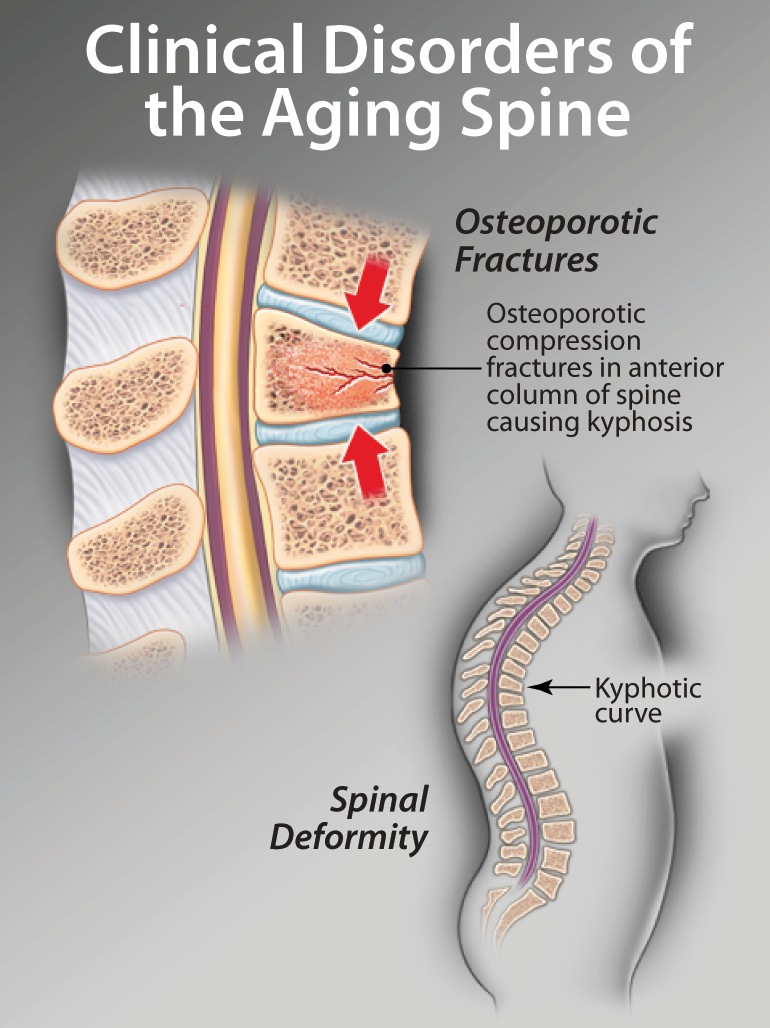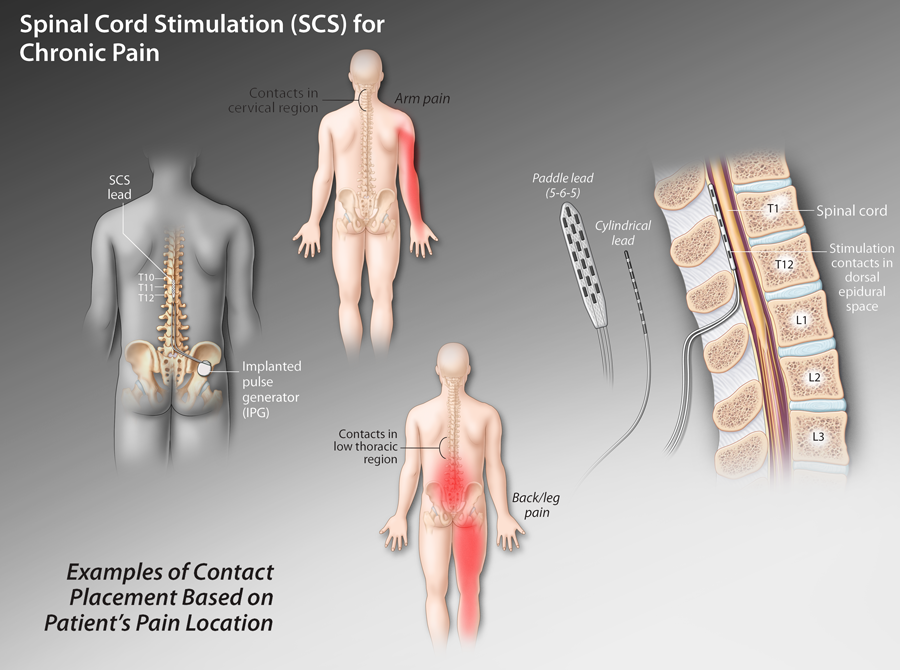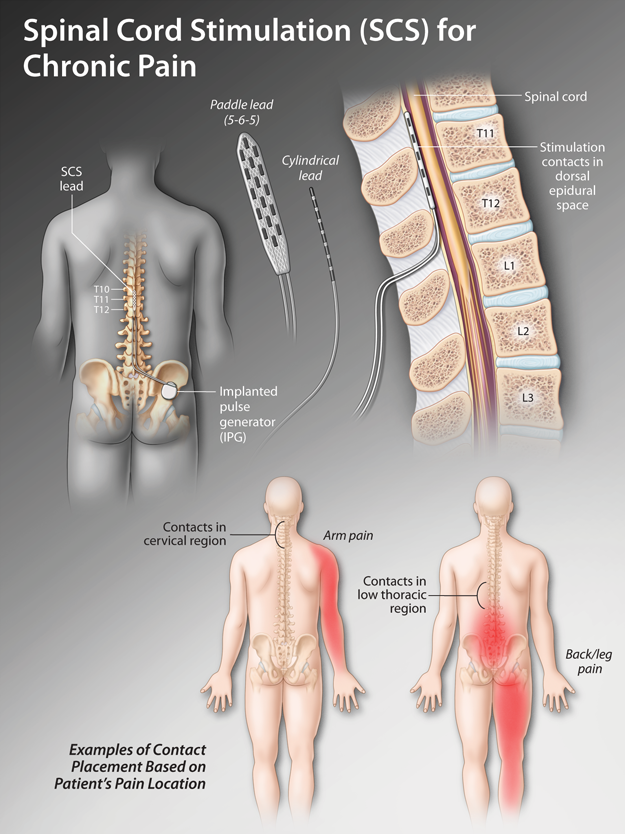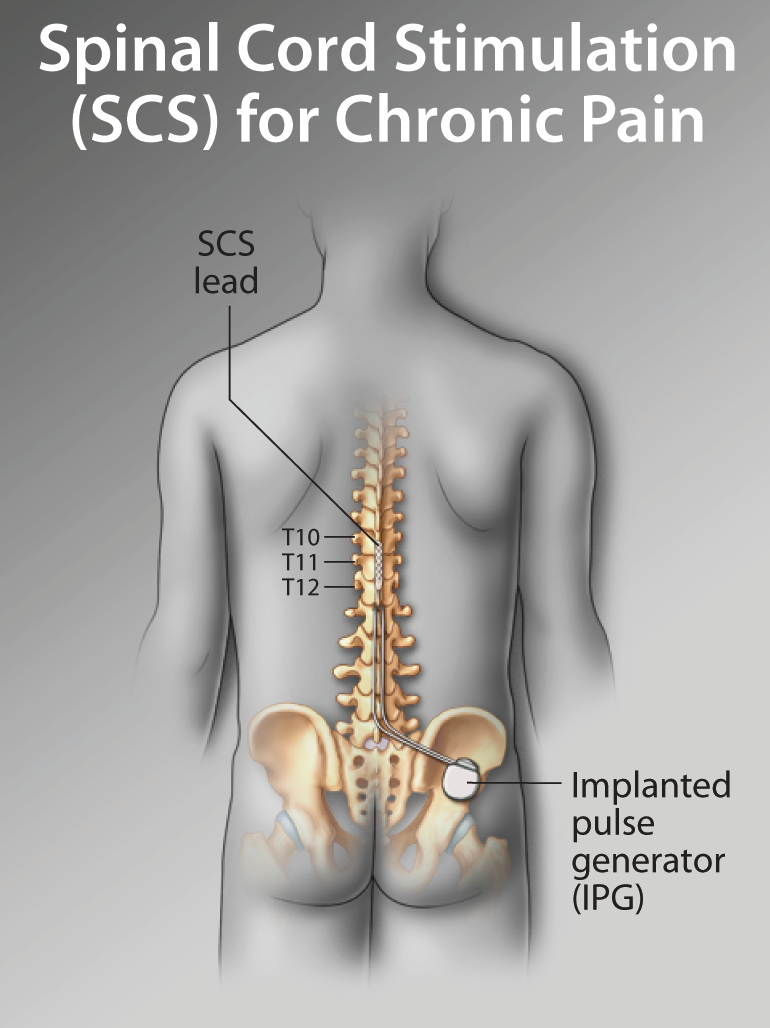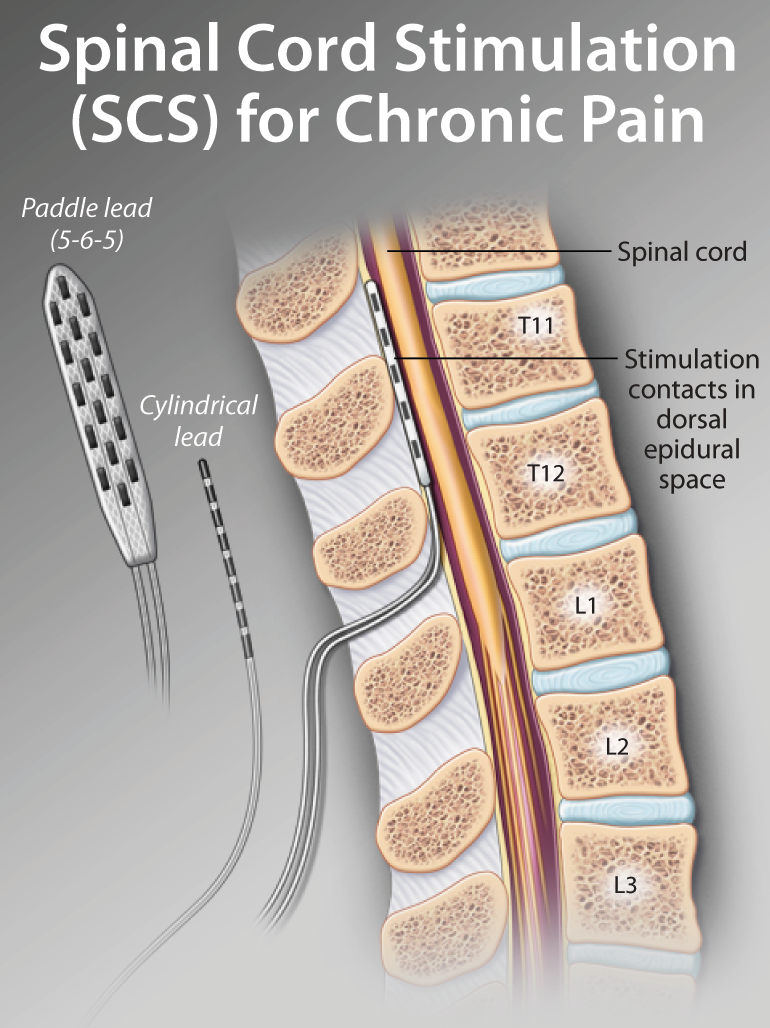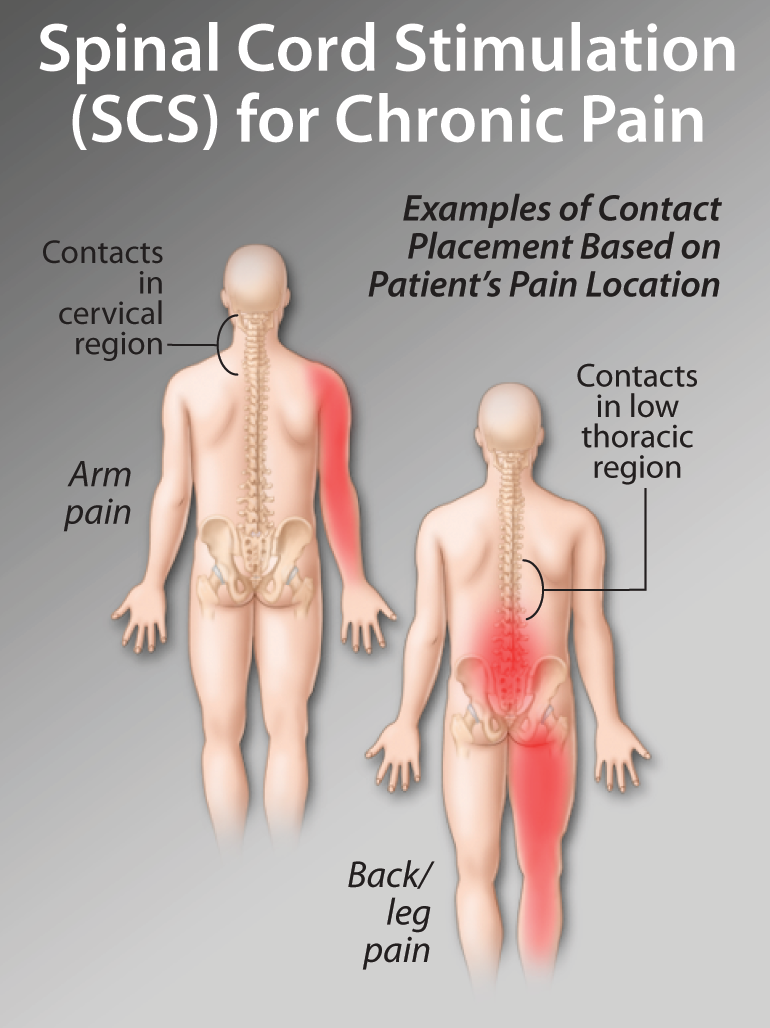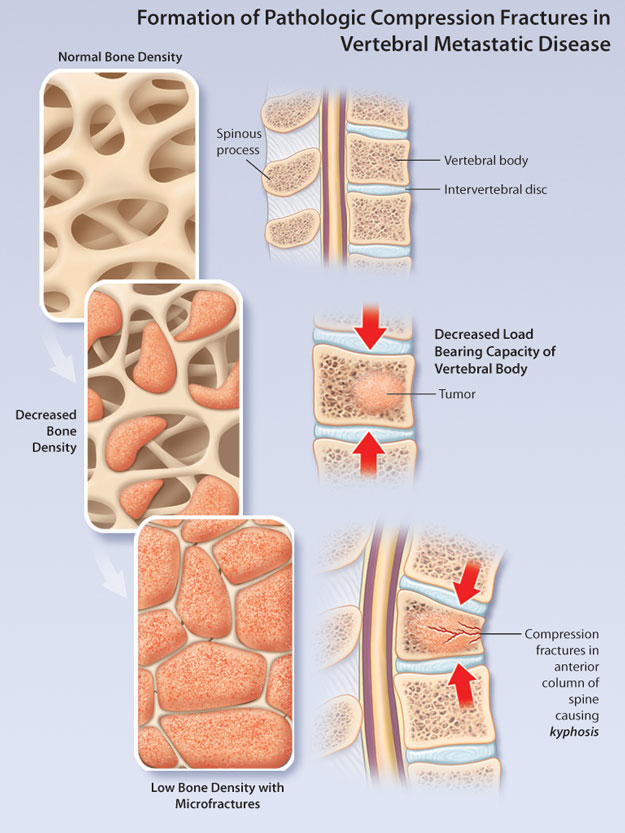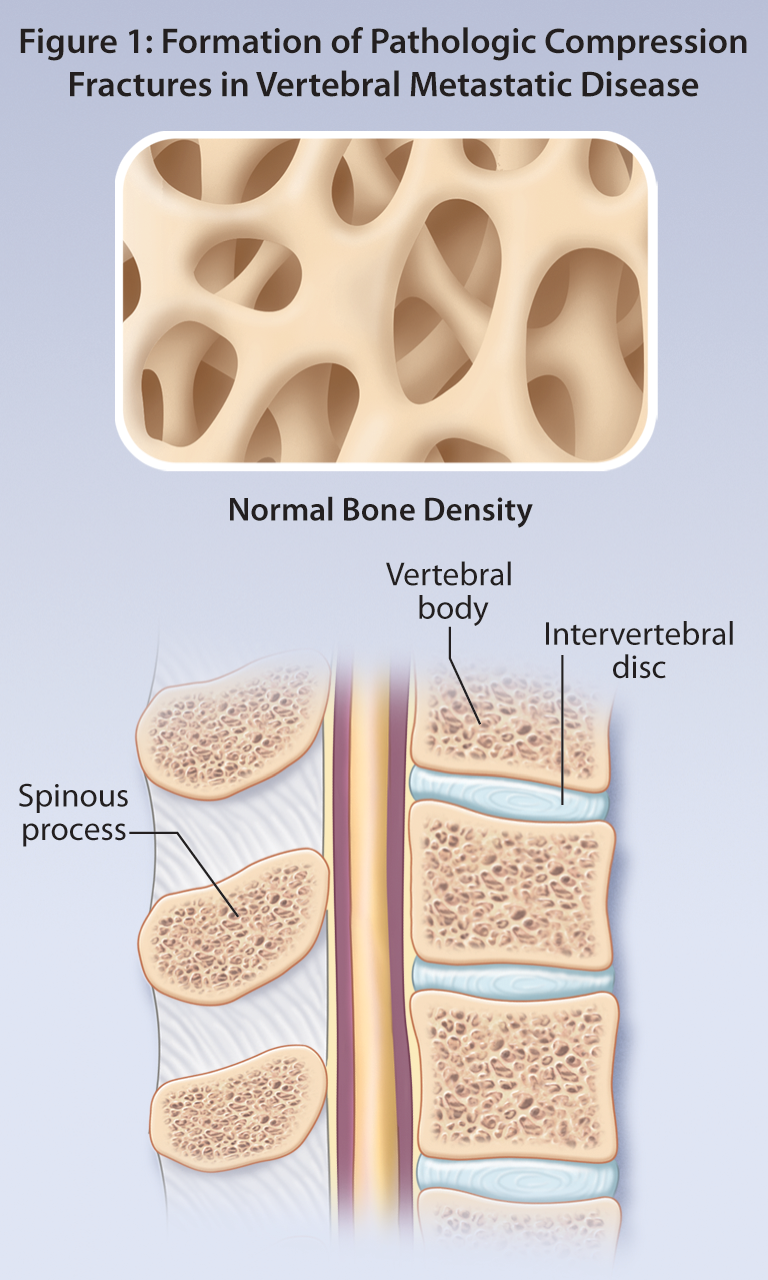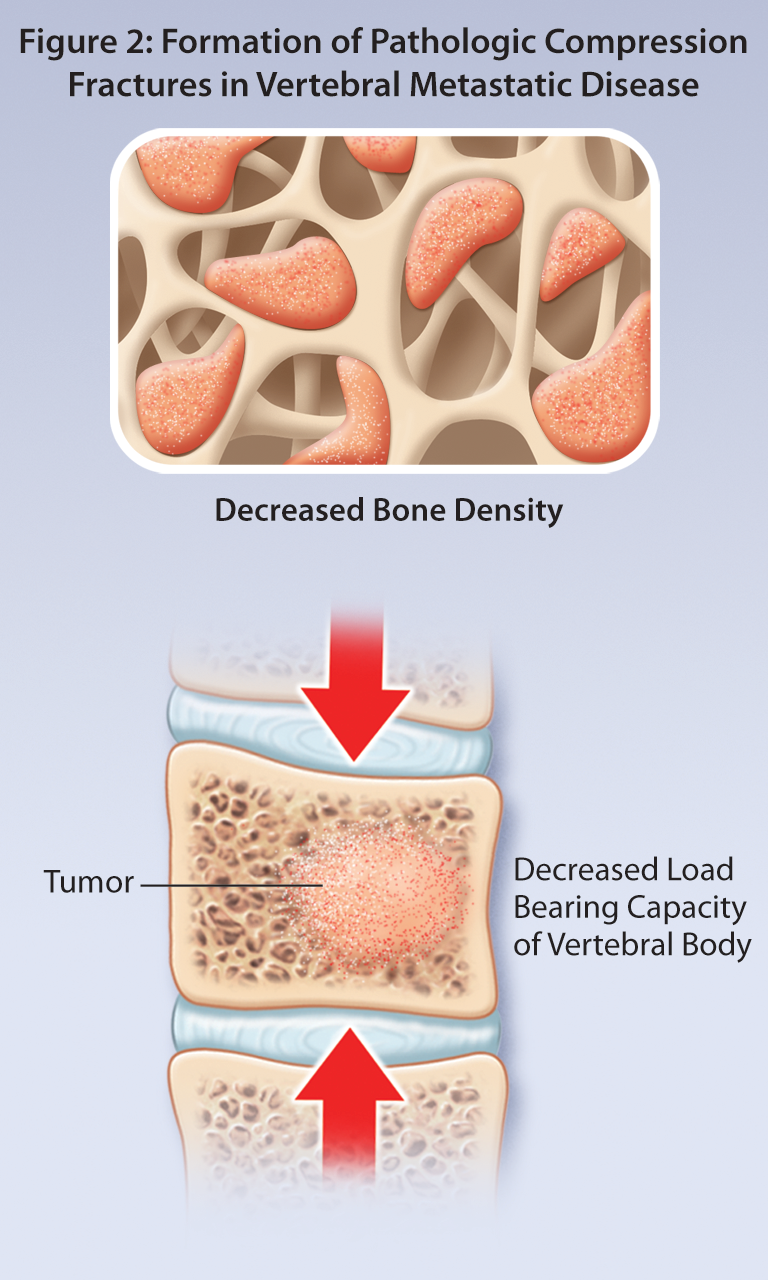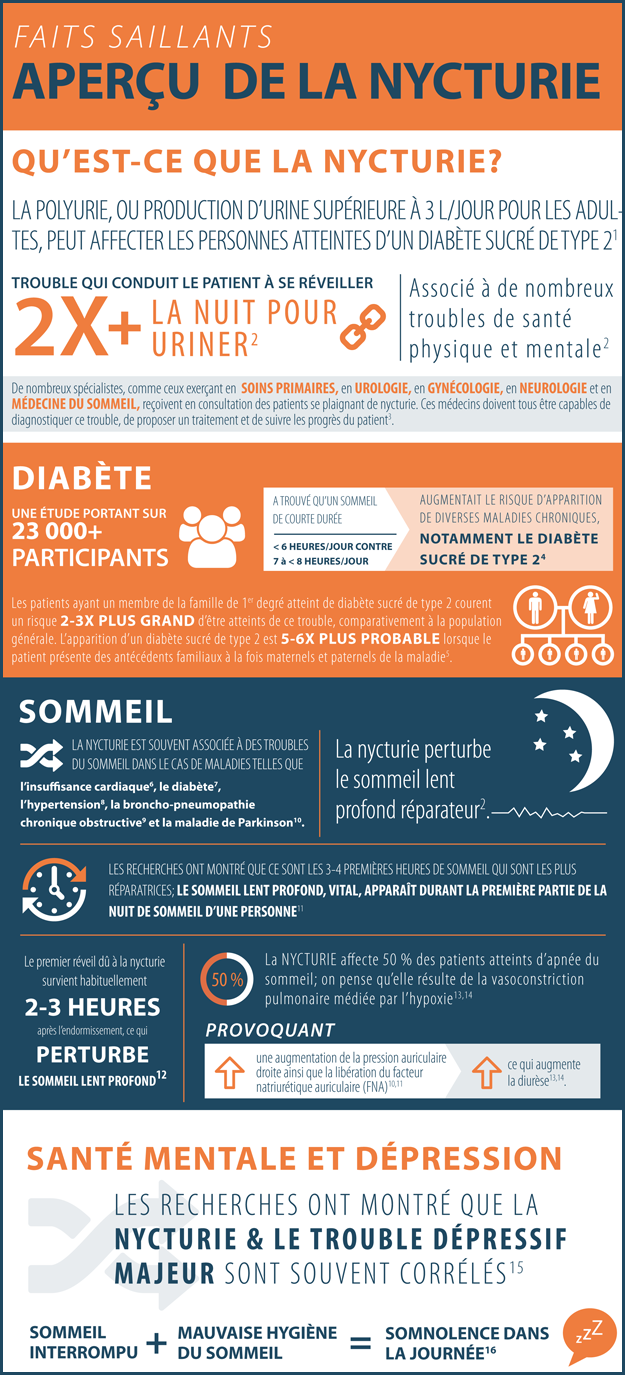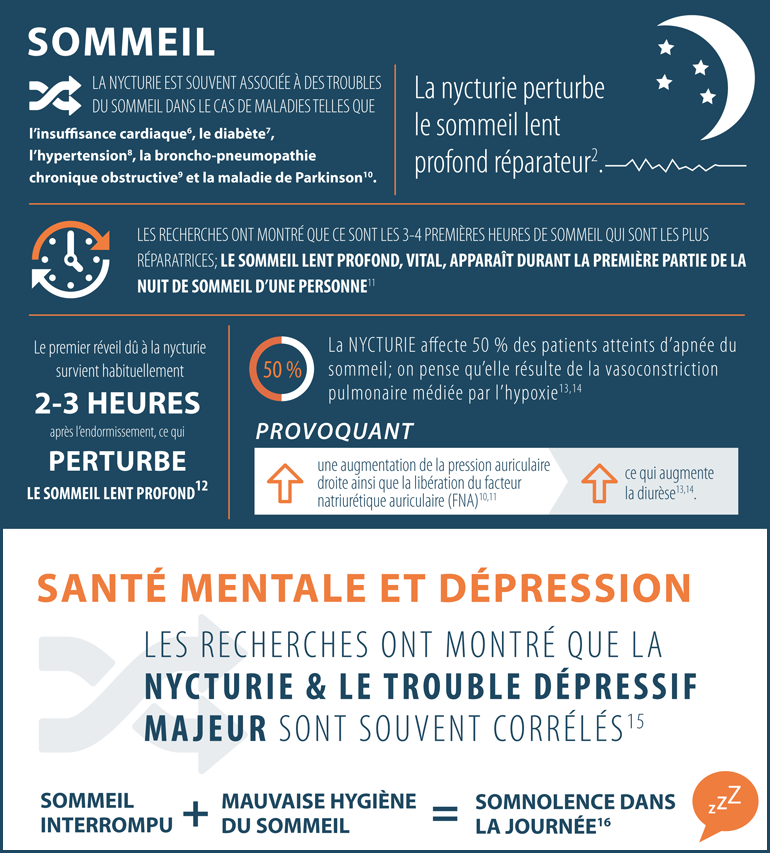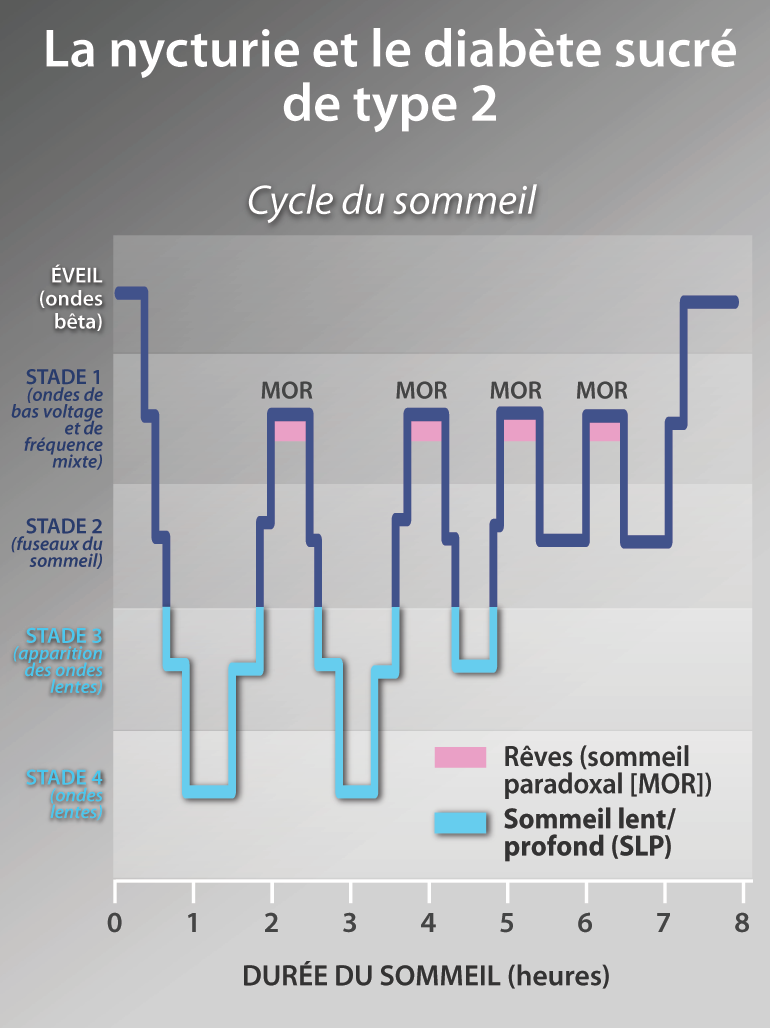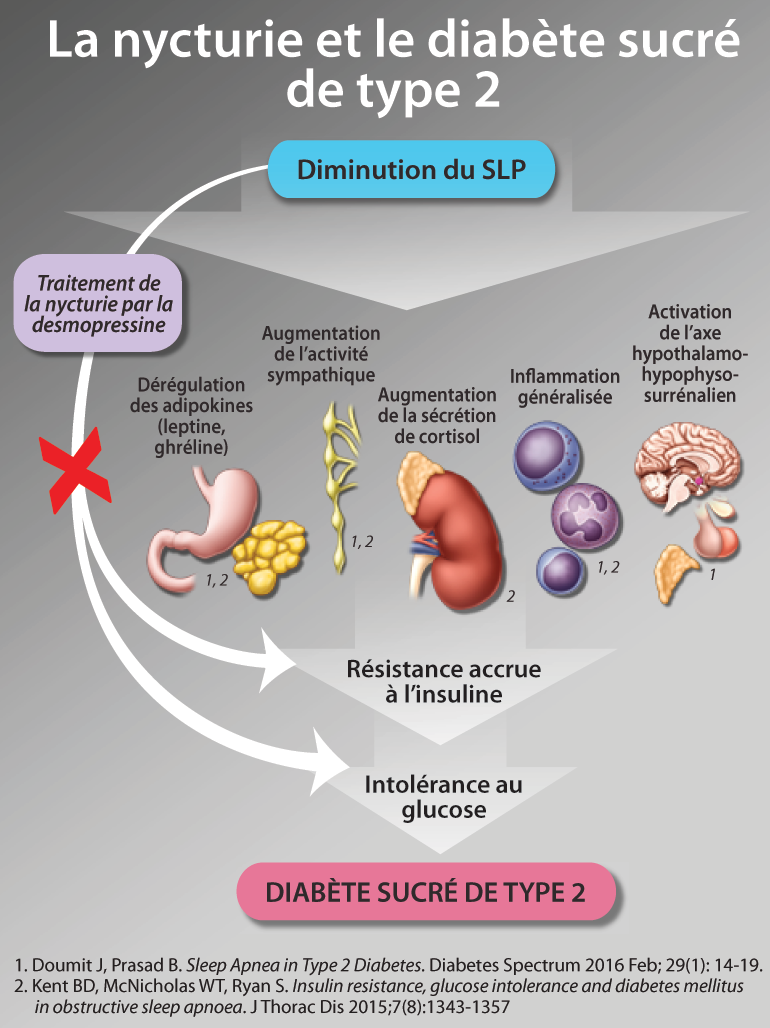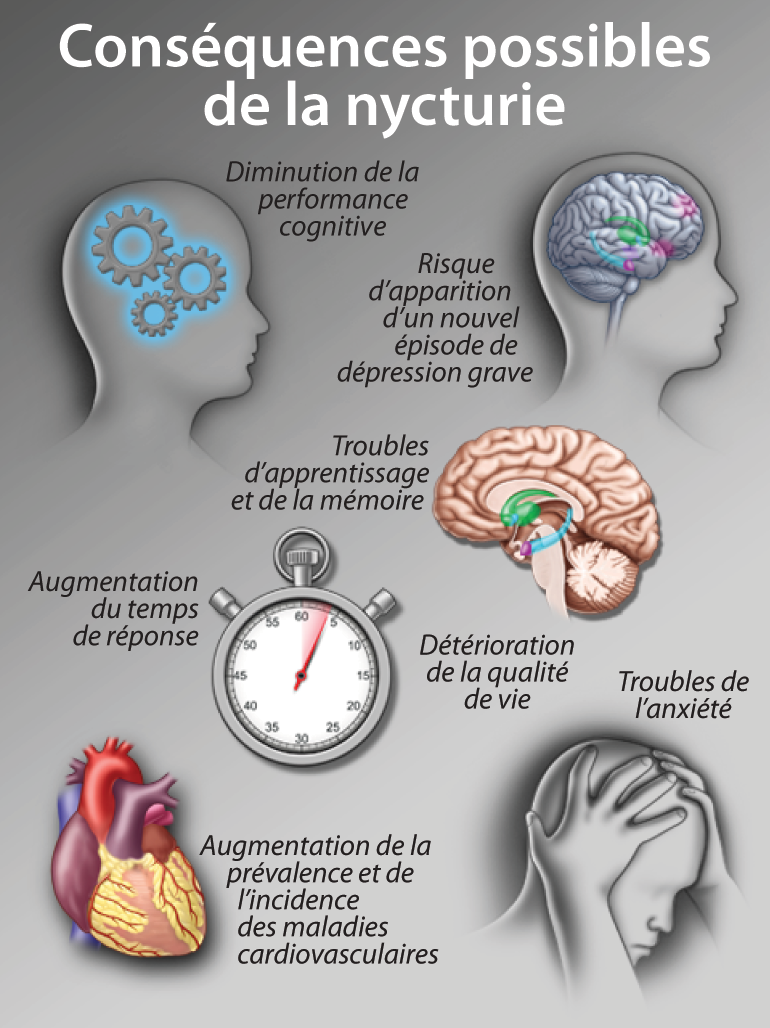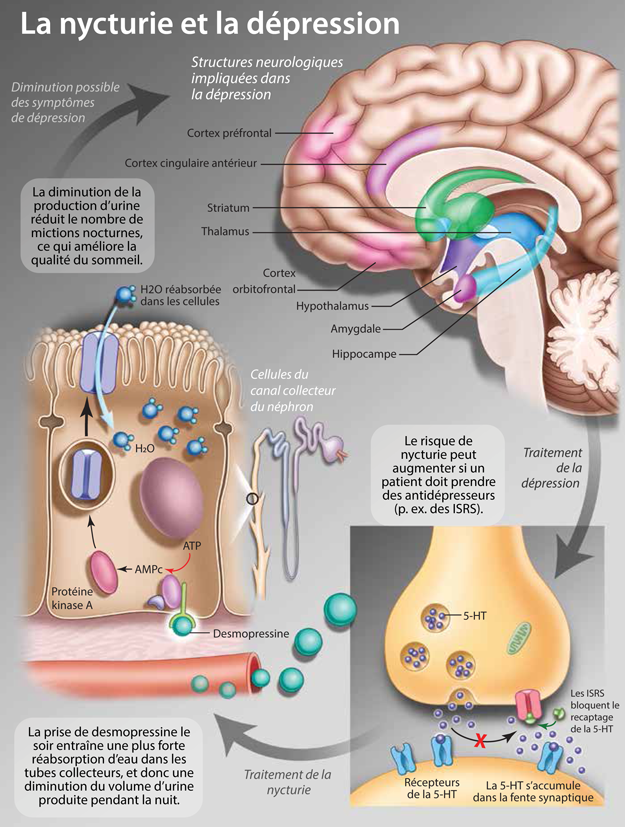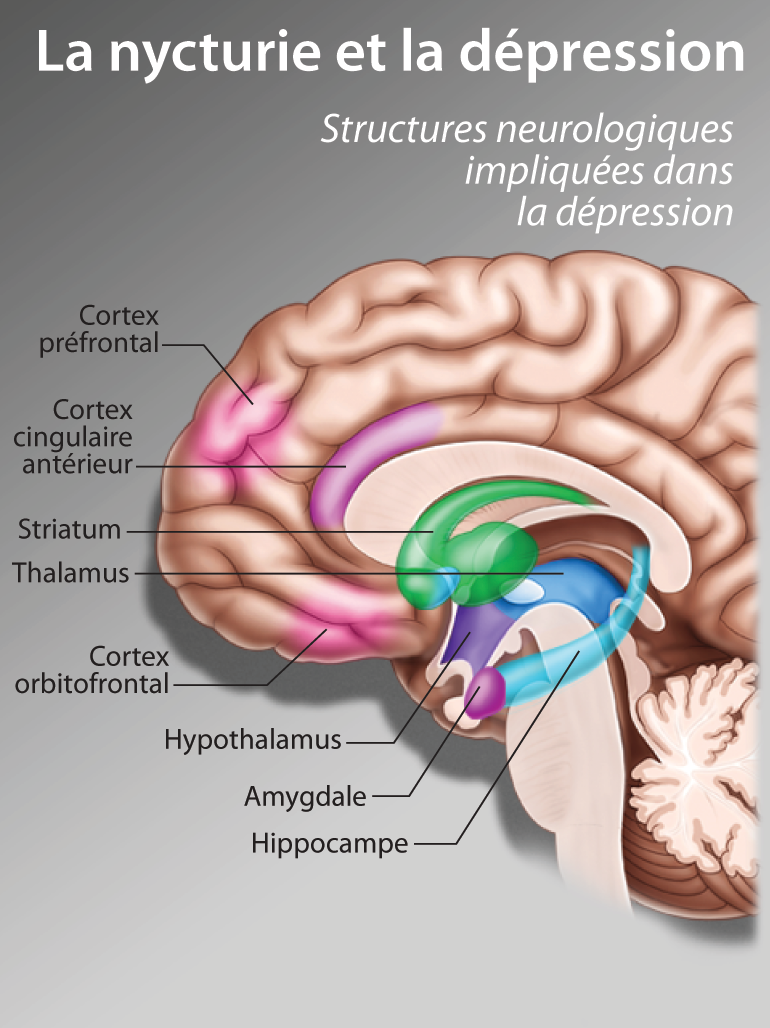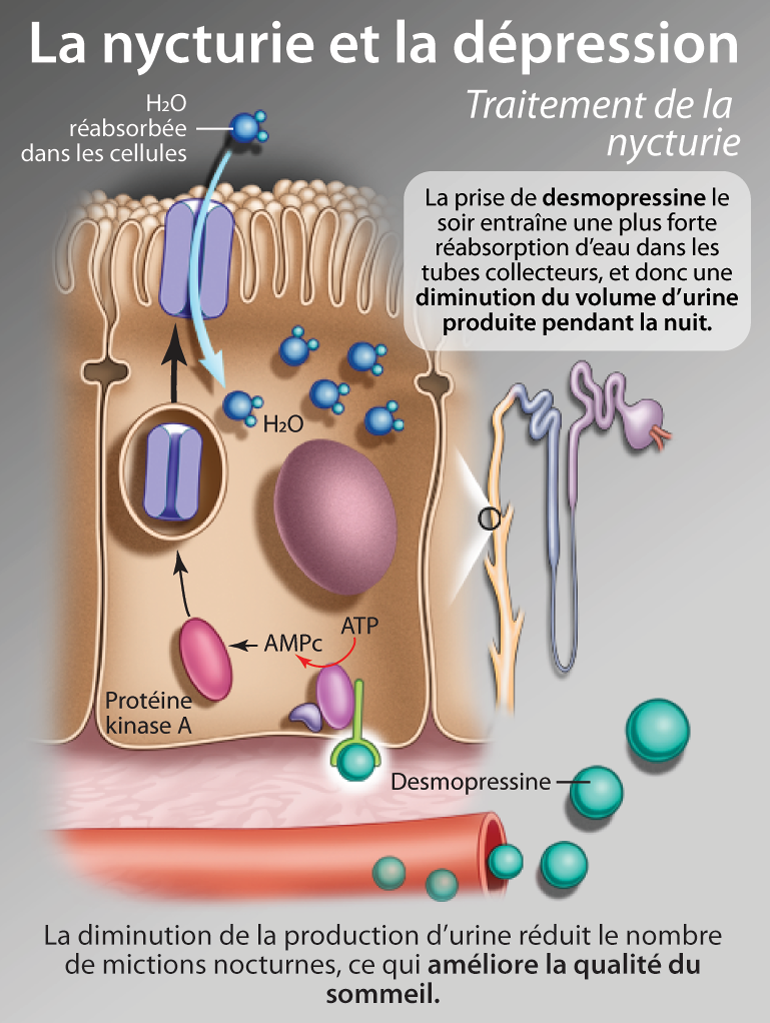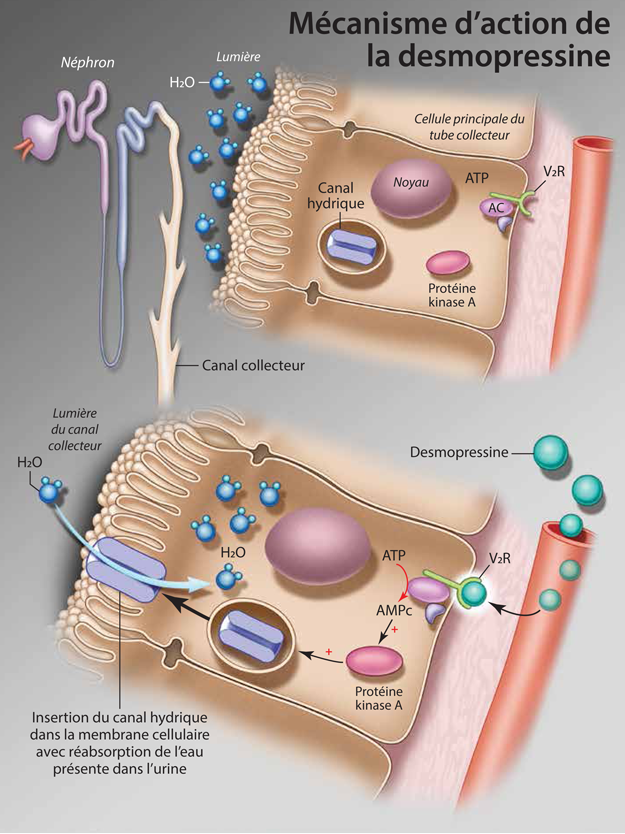Article is not featured either on the homepage or in the topic hub (is not in the "Most Recent" or "Clinical Reviews").
Not Featured
Disclaimer:
This article was published as part of THE LATEST IN THE DIAGNOSIS AND MANAGEMENT OF NOCTURIA eCME resource.
The development of THE LATEST IN THE DIAGNOSIS AND MANAGEMENT OF NOCTURIA eCME resource was supported by an educational grant from Ferring Inc.
Clinical Disorders of the Aging Spine
Clinical Disorders of the Aging Spine
Disclaimer:
This article was published as part of Managing the Health of Your Aging Patient: Therapies that Could Help Improve Quality of Life eCME resource.
The development of Managing the Health of Your Aging Patient: Therapies that Could Help Improve Quality of Life eCME resource was supported by an educational grant from Medtronic Canada.
Nocturia and Nocturnal Polyuria: What Keeps the Urologist Awake at Night
Nocturia and Nocturnal Polyuria: What Keeps the Urologist Awake at Night
Disclaimer:
This article was published as part of THE LATEST IN THE DIAGNOSIS AND MANAGEMENT OF NOCTURIA eCME resource.
The development of THE LATEST IN THE DIAGNOSIS AND MANAGEMENT OF NOCTURIA eCME resource was supported by an educational grant from Ferring Inc.
Spinal Cord Stimulation: An Under-utilized and Under-recognized Pain Treatment Modality
Spinal Cord Stimulation: An Under-utilized and Under-recognized Pain Treatment Modality
Disclaimer:
This article was published as part of Managing the Health of Your Aging Patient: Therapies that Could Help Improve Quality of Life eCME resource.
The development of Managing the Health of Your Aging Patient: Therapies that Could Help Improve Quality of Life eCME resource was supported by an educational grant from Medtronic Canada.
Teaser with 2 Mobile Images and YouTube Animation
Teaser with 2 Mobile Images and YouTube Animation
Faits en bref : Aperçu de la nycturie
Faits en bref : Aperçu de la nycturie
La nycturie et le diabète
La nycturie et le diabète
Disclaimer:
Cet article a été rédigé pour faire partie de la ressource de FMC en ligne sur les DERNIÈRES NOUVEAUTÉS EN MATIÈRE DE DIAGNOSTIC ET DE TRAITEMENT DE LA NYCTURIE.
La ressource de FMC en ligne sur les DERNIÈRES NOUVEAUTÉS EN MATIÈRE DE DIAGNOSTIC ET DE TRAITEMENT DE LA NYCTURIE a pu être élaborée grâce à une subvention pédagogique de Ferring Inc.
La nycturie et le sommeil
La nycturie et le sommeil
Disclaimer:
Cet article a été rédigé pour faire partie de la ressource de FMC en ligne sur les DERNIÈRES NOUVEAUTÉS EN MATIÈRE DE DIAGNOSTIC ET DE TRAITEMENT DE LA NYCTURIE.
La ressource de FMC en ligne sur les DERNIÈRES NOUVEAUTÉS EN MATIÈRE DE DIAGNOSTIC ET DE TRAITEMENT DE LA NYCTURIE a pu être élaborée grâce à une subvention pédagogique de Ferring Inc.
La nycturie et le trouble dépressif majeur
La nycturie et le trouble dépressif majeur
Disclaimer:
Cet article a été rédigé pour faire partie de la ressource de FMC en ligne sur les DERNIÈRES NOUVEAUTÉS EN MATIÈRE DE DIAGNOSTIC ET DE TRAITEMENT DE LA NYCTURIE.
La ressource de FMC en ligne sur les DERNIÈRES NOUVEAUTÉS EN MATIÈRE DE DIAGNOSTIC ET DE TRAITEMENT DE LA NYCTURIE a pu être élaborée grâce à une subvention pédagogique de Ferring Inc.
La nycturie et la polyurie nocturne : ce qui garde les urologues éveillés la nuit
La nycturie et la polyurie nocturne : ce qui garde les urologues éveillés la nuit
Disclaimer:
Cet article a été rédigé pour faire partie de la ressource de FMC en ligne sur les DERNIÈRES NOUVEAUTÉS EN MATIÈRE DE DIAGNOSTIC ET DE TRAITEMENT DE LA NYCTURIE.
La ressource de FMC en ligne sur les DERNIÈRES NOUVEAUTÉS EN MATIÈRE DE DIAGNOSTIC ET DE TRAITEMENT DE LA NYCTURIE a pu être élaborée grâce à une subvention pédagogique de Ferring Inc.




